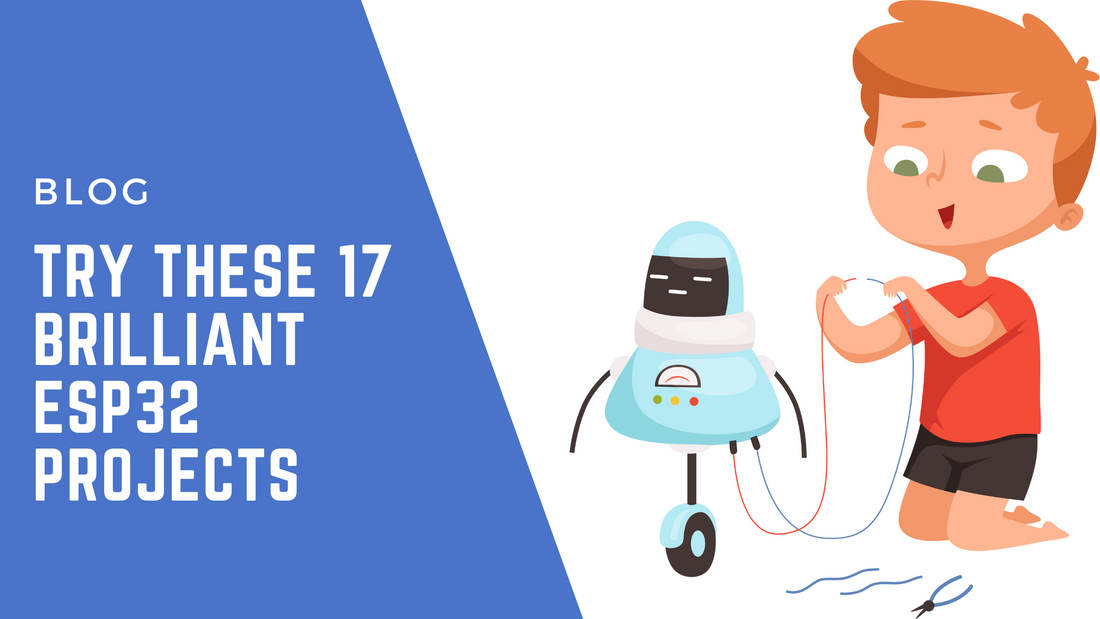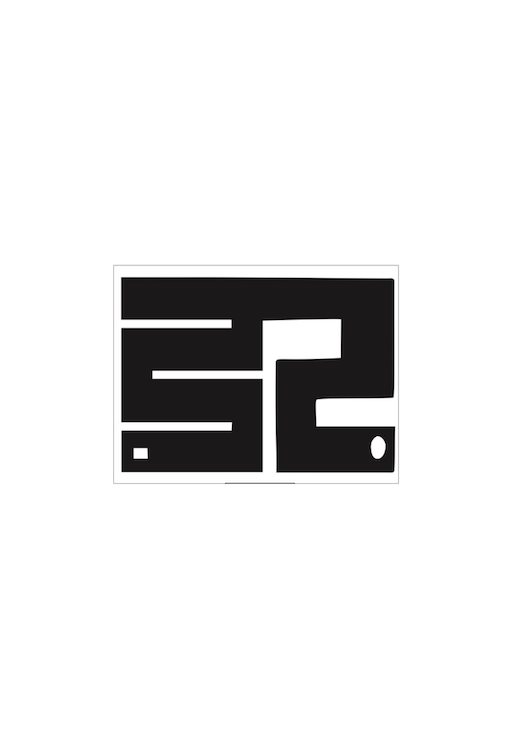
Try These 17 Brilliant ESP32 Projects
Let’s dive into these exciting project ideas and get inspired!
1. Basic Sensor Bundle
The Basic Sensor Bundle focuses on easy-to-use components like LED strips, rotary knobs, and ultrasonic sensors. These projects are ideal for beginners looking to get familiar with ESP32 programming and sensor integration.
A. RGB LED Strip Controller
Use the ESP32 to control an RGB LED strip, adjusting colors and brightness through code. You can connect a rotary knob (potentiometer) to the ESP32 to allow real-time control of the strip’s colors and brightness.

- Components: RGB LED strip, rotary knob
- Project Idea: Create a Light and Sound show inspired by Burj Khalifa's setup . Control the LED strip and sound via mpythonboard to display dynamic patterns on the LED strip using simple micropython code.
B. Volume Control with Rotary Knob
Create a simple volume controller using a rotary knob. The ESP32 can adjust the volume of an audio device by converting the rotation of the knob into volume levels.
- Components: Rotary knob, ESP32
- Project Idea: Use the rotary knob to control the brightness of LED Lights on mpythonboard.
C. Ultrasonic Sensor
Connect your mpythonboard expansion with an ultrasonic distance sensor. This project measures the distance between the sensor and an object and displays the result on an OLED screen.
- Components: Ultrasonic sensor
- Project Idea: Build a smart parking assistant to help detect obstacles when parking a car.
2. Physics
These projects use physics sensors to measure different forces, barometric pressure, and environmental conditions like temperature and humidity. Ideal for students interested in STEM projects.
D. Force Sensor Project
Create a project that measures force using the Force Sensor connected to ESP32. This project could be used to delve into Newton's Law to Hooke's Law in classical mechanics.
- Components: Force Sensor
- Project Idea: Build a digital scale that measures weight using the force sensor and displays the data on an OLED screen.
E. Barometric Pressure and Altitude Tracker
The Barometer sensor can be paired with the ESP32 to measure barometric pressure and altitude. This project helps kids understand the relationship between air pressure and altitude in real time.
- Components: Barometer sensor
- Project Idea: Prototype a weather balloon system that records altitude and pressure at various heights( Stairs in the classroom)
F. Temperature and Humidity Monitor
With the Temp/Humidity sensor you can monitor temperature and humidity in your environment. This project is great for building a simple weather station or creating smart home automation systems.
- Components: Temperature and Humidity Sensor
- Project Idea: Develop a weather monitoring system that displays data on a mobile app.
3. Chemistry
Chemistry projects with ESP32 focus on understanding the chemical properties of liquids, such as pH and conductivity. These projects are particularly useful for students interested in environmental science, aquaponics, or agriculture.
G. pH Meter for Water Quality
Create a pH meter using a pH sensor and the ESP32. This project can be used to monitor the acidity or alkalinity of water in aquaponics, fish tanks, or other environments.
- Components: pH sensor
- Project Idea: Build a pH monitoring system for a garden or aquarium to ensure proper water quality for plants or fish.
H. Water Conductivity Tester
Use the ESP32 and a conductivity sensor to measure the electrical conductivity of water, which can indicate the concentration of salts or minerals in a solution.
- Components: Conductivity sensor
- Project Idea: Develop a system that measures the quality of tap water or aquaculture environments based on conductivity.
I. Temperature Compensation in pH or Conductivity
To get accurate readings in chemical sensors, integrate a temperature sensor to adjust pH or conductivity readings based on temperature changes.
- Components: Temperature sensor, pH sensor, conductivity sensor
- Project Idea: Create an advanced water monitoring system that compensates for temperature when measuring pH and conductivity.
4. Electricity & Magnetism
In this section, we’ll explore electricity and magnetism projects, including measuring current, voltage, and magnetic fields. These projects are perfect for exploring basic electrical engineering principles.
J. Digital Ammeter Using ESP32
Connect the ammeter sensor with the ESP32 and measure the current flowing through a circuit and displays it on an OLED screen.
- Components: Current sensor
- Project Idea: Monitor the power consumption of various devices by measuring their current draw.
K. Digital Voltmeter
Using a voltage sensor, the ESP32 can become a digital voltmeter to measure the voltage of various circuits or batteries. This project is a great way to explore basic electronics principles.
- Components: Voltage sensor
- Project Idea: Build a multimeter that measures the voltage across different points in a circuit and displays the values in real time.
L. Magnetic Field Detector
Use the ESP32 with a magnetic field sensor to detect magnetic fields around objects. This project is useful for exploring the behavior of magnets and understanding magnetic fields in everyday applications.
- Components: Magnetic field sensor
- Project Idea: Create a compass that detects the direction of magnetic north or build a tool to measure magnetic interference around electronic devices.
Conclusion: Dive Into These ESP32 Projects
The ESP32 is a versatile tool that offers endless possibilities for students, hobbyists, and educators. From basic sensor projects to more complex physics, chemistry, and electrical engineering experiments, these 17 projects are a great way to dive into STEM education and hands-on learning. Whether you’re building a pH meter, a digital ammeter, or a weather station, the ESP32 allows you to explore a wide range of topics in a fun and interactive way.
Ready to start your ESP32 journey? Check out our Ultimate Guide to Teaching ESP32 in K-12 Classrooms for more detailed tutorials and project ideas!
For more advanced projects, explore ESP32 and IoT Applications to integrate your ESP32 projects into real-world solutions!
